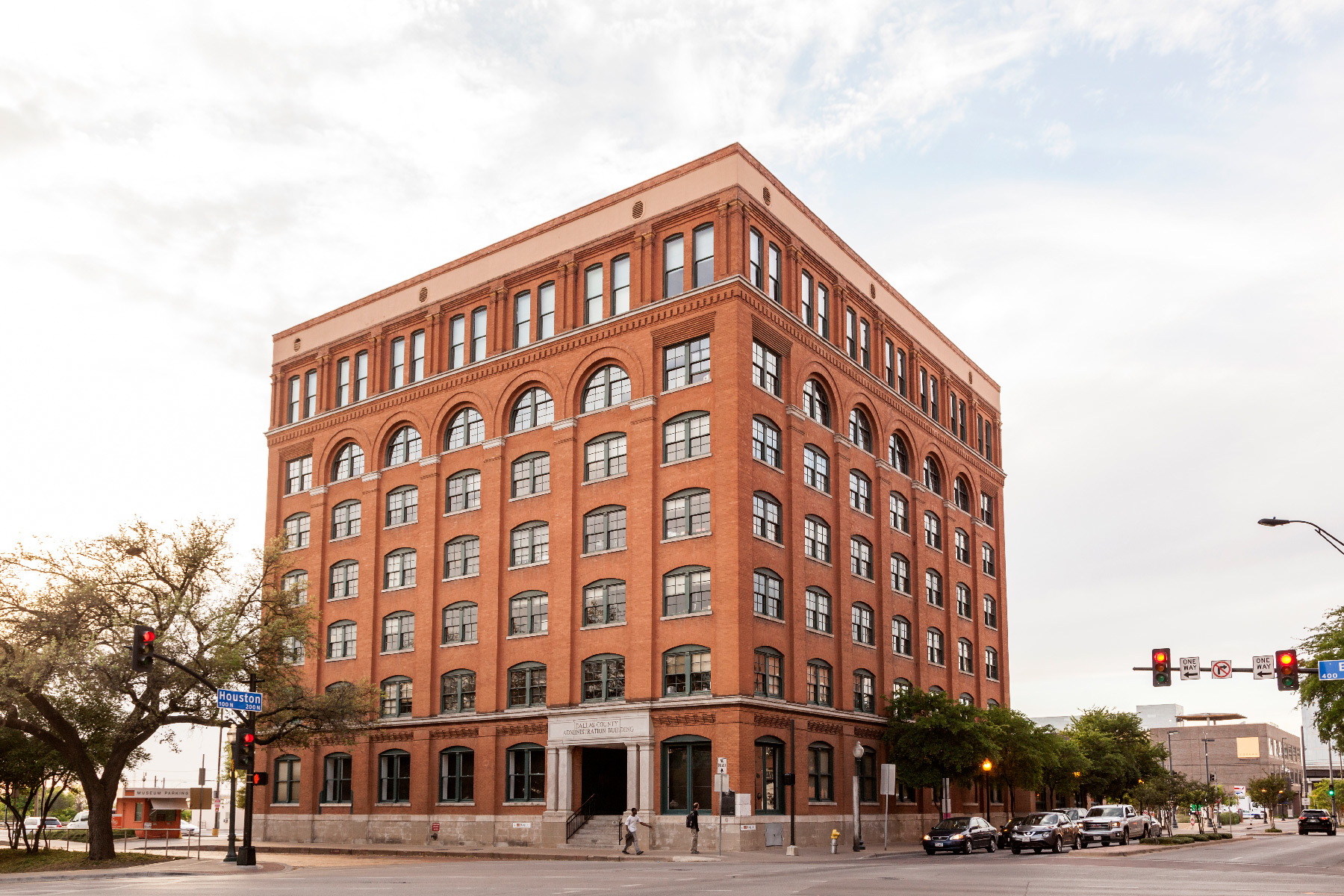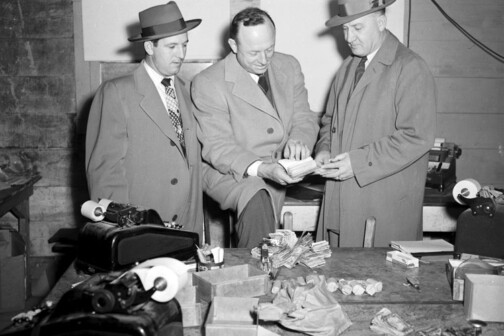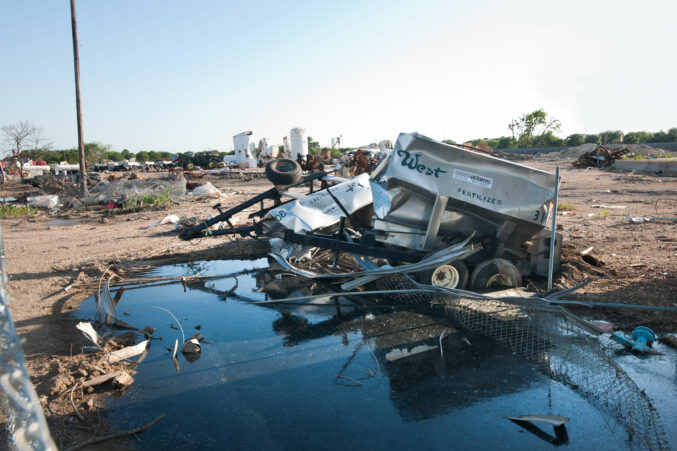Few could have captured President John F. Kennedy’s death and the immediate aftermath like veteran reporter and historian Darwin Payne in his new book, Behind the Scenes, Covering the J.F.K. Assassination. He returns to the murderous weekend that ended with the deaths of President Kennedy, Dallas Police Officer J.D. Tippit, and accused killer Lee Harvey Oswald.
Payne will speak at 1 p.m. Nov. 17 at the Sixth Floor Museum in Dealey Plaza, in the former Texas School Book Depository where the first bullets rang out 60 years ago.
The large museum space freeze-frames Nov. 22, 1963 with the same view, from the sixth-floor southeast corner, that the sniper had. Payne and a handful of other reporters and photographers inspected it soon after the shooting. Earlier that day, after sprinting four blocks from the Dallas Times Herald, the 26-year-old newsman had begun interviewing eyewitnesses at street level.
Behind the Scenes — part memoir, part reporter’s stream of consciousness, part history of presidential visits to Dallas and an overview of presidential assassinations — is loaded with back stories and details to which few were privy. Its immediacy comes from Payne’s notebooks and an unfinished manuscript he discovered in a closet during the pandemic lockdown. The reader feels the urgency of the moment and is reminded of the tragedy’s moving parts that alternately fascinated and horrified.
The account brackets three days that riveted the world as the police, print and radio reporters, and ascendant broadcast television sorted out the signal calamity of the century in real time, piece by piece.
Soon after the bedlam began, Payne found a distraught Abraham Zapruder in his office next door at 501 Elm St., his Bell & Howell still within reach. Unable to convince Zapruder to let the Times Herald process the film, Payne admits to a fleeting thought: Grab the camera! Instead, he stayed with Zapruder, occupying a phone line with a newspaper office connection, and learned before the world knew that Kennedy was dead.
Sitting in Zapruder’s office, Payne heard CBS-TV’s Walter Cronkite say that the president was gravely wounded. Zapruder criticized the news announcements. “No, I know he’s dead,” Payne remembers him saying. “I was looking through the viewfinder. I saw his head explode like a firecracker. He has to be dead.”
Later, Payne followed city editor Ken Smart’s lead to find the alleged killer’s Oak Cliff rooming house, at 1026 N. Beckley Ave. He interviewed the owner and housemates, who hardly knew the standoffish man they called O.H. Lee; that was one of Lee Harvey Oswald’s pseudonyms. Payne was at the jail at City Hall the next night and twice saw Oswald there being moved while heavily guarded.
Payne’s account brings into sharp relief the surreal nature of the killing on Elm Street, televised in broad daylight. That afternoon a murder suspect had been trapped inside the Texas Theatre in Oak Cliff after killing Dallas police Sgt. J.D. Tippit. Within 24 hours, Oswald, handcuffed to homicide Detective James Leavelle, was murdered in the Dallas City Jail while being transferred, and it was chaos come howling.
“We were all wondering what could come next. … I and others were covering an event of a dimension that we had never expected,” the author writes. “Somehow, though, we were not overwhelmed by that realization.”
Payne chronicles the great feats accomplished on deadline by an afternoon daily. The Times Herald presses stopped eight times that day as events evolved. The blockbuster type said it all: PRESIDENT DEAD.
He populates his narrative with rich characters in Dallas law enforcement and news media. The work analyzes what motivated the assassin, relying on little-known information about Oswald’s childhood and his limited financial resources taken from a biographical portrait from the single volume Report of the Warren Commission on the Assassination of President Kennedy.
Dallas sought to move quickly from its brand as a city of hate, shadow-governed by the unelected contingent of businessmen called the Dallas Citizens Council. The author refutes the almost instant image cleanup attempts that claimed, among other things, that club owner Jack Ruby emerged from a mob of reporters to kill Oswald.
Payne writes: “At the time Ruby burst forward with his pistol, he was standing next to Detective Blackie Harrison, an officer he had known for 12 years, not from a ‘cluster of newsmen.’”
Police Chief Jesse Curry was the target of heated criticism. Payne knew Curry, and believed the anger seemed unfair and uninformed, although he understood how those far from the scene would hold that view. “How could a known communist and a one-time defector to the Soviet Union be free to shoot the president from a sixth-floor window directly above the motorcade route? How could the suspect charged with the assassination be killed himself in the police department’s own basement?”
The questions have persisted almost since the shots rang out. Payne, now an SMU professor emeritus of communications, writes of organizing a look back at covering the assassination as the 30th anniversary approached in 1993. Eighty-one journalists participated. They were asked to respond in writing to the question: “Do you believe that Lee Harvey Oswald acted alone assassinating President Kennedy?”
Seventy-five said yes. Six said no. Payne and colleague Laura Hlavach published a full transcript of the event, Reporting the Kennedy Assassination: Journalists who were there recall their experiences (Three Forks Press, 1996).
Ten years later, in 2003, a subsequent Gallup poll found that only about 19 percent of Americans believed Oswald acted alone. But few would dispute the author’s own conclusion, with his wife, at the end of that lengthy, emotional gut punch of a day:
“On this sad, sleep-deprived, post-midnight hour, we were no different from millions of Americans. It seemed, we agreed, that the assassination felt like a death in our own family. The depth of our feelings of personal loss was surprising to us.”
Payne’s conversation will take place on Nov. 17 at 1 p.m. at the Sixth Floor Museum. It is part of a week of programming across the city, which includes a screening at the Texas Theatre of the two films showing when Oswald was arrested. Find the full list of events here.
Author







